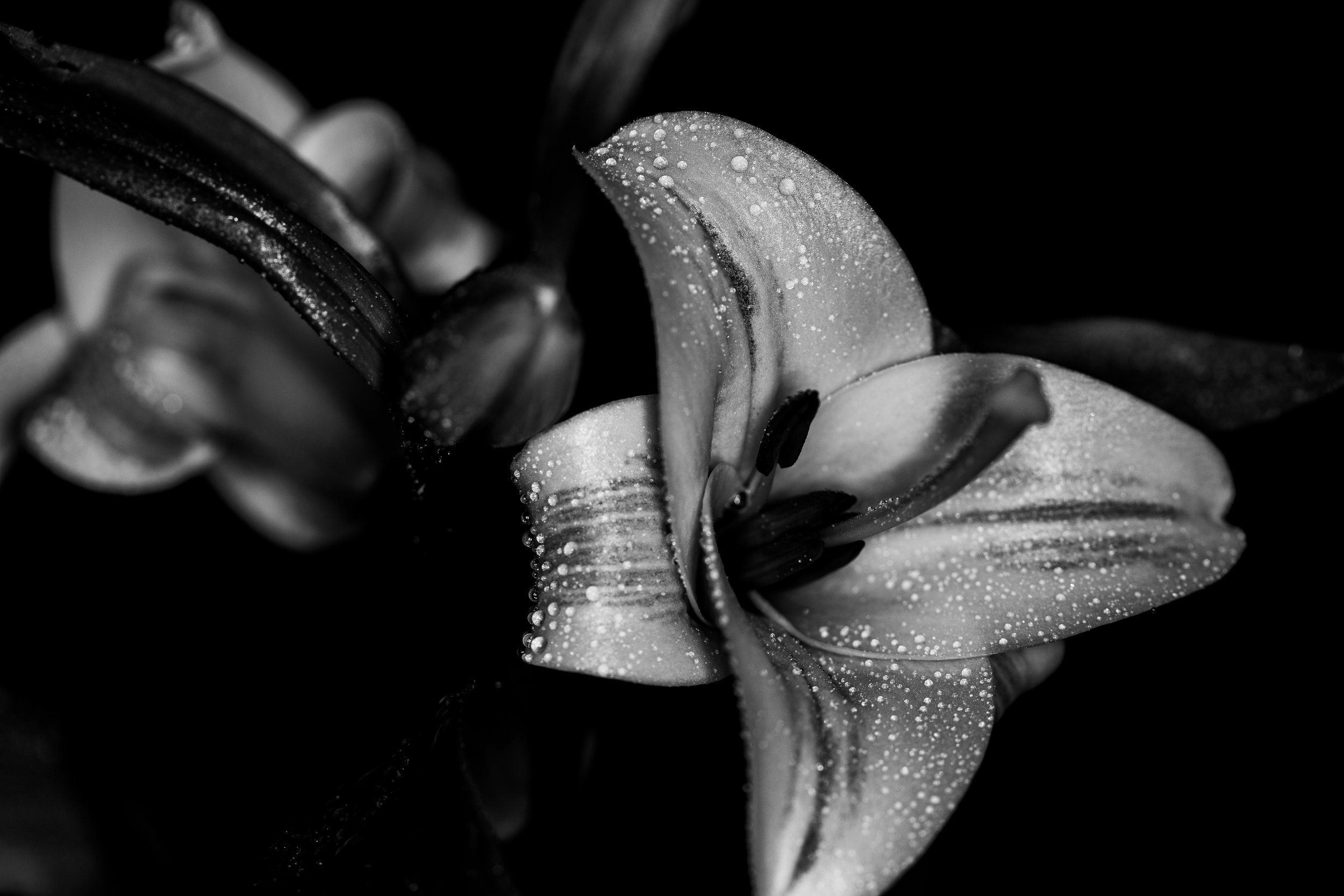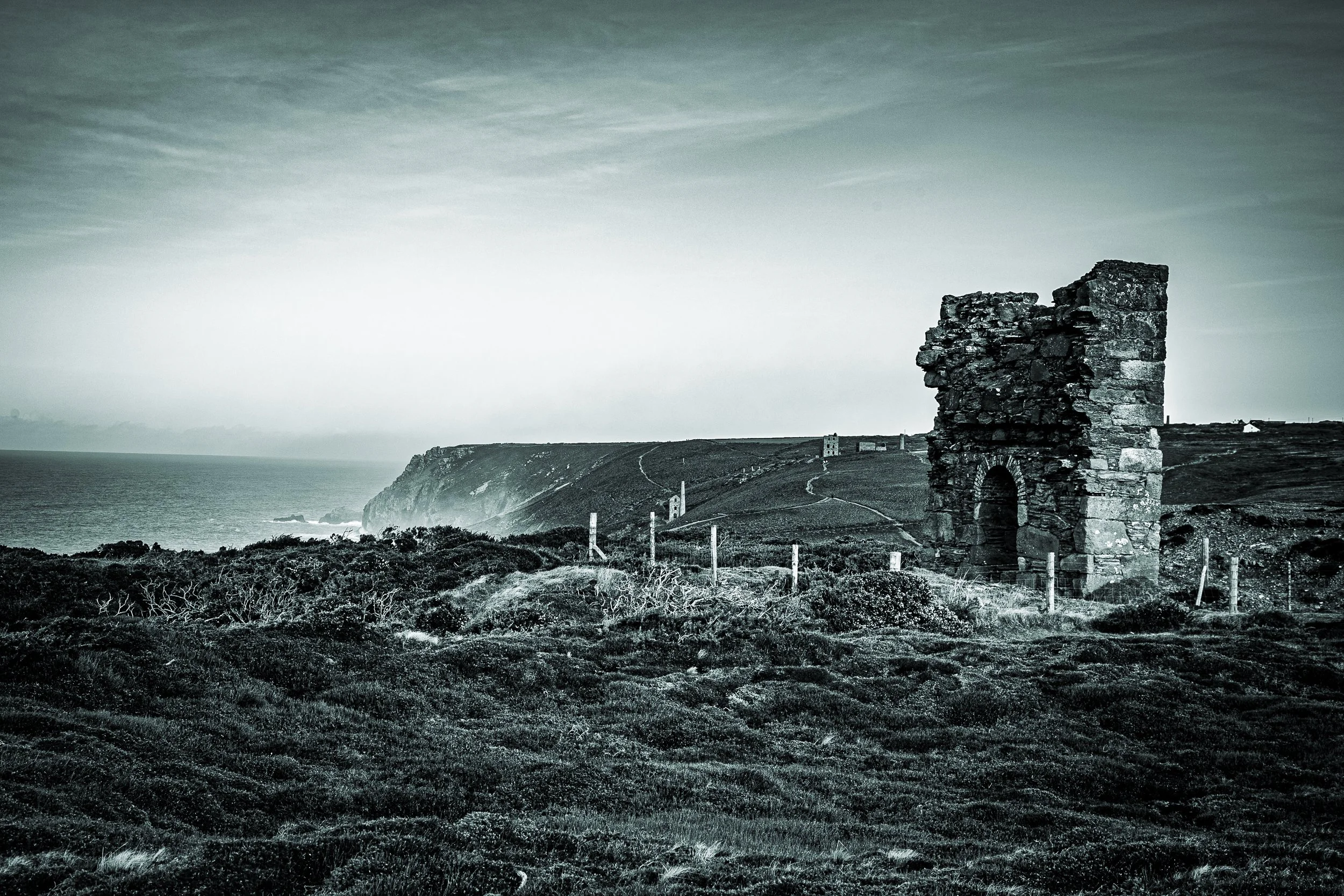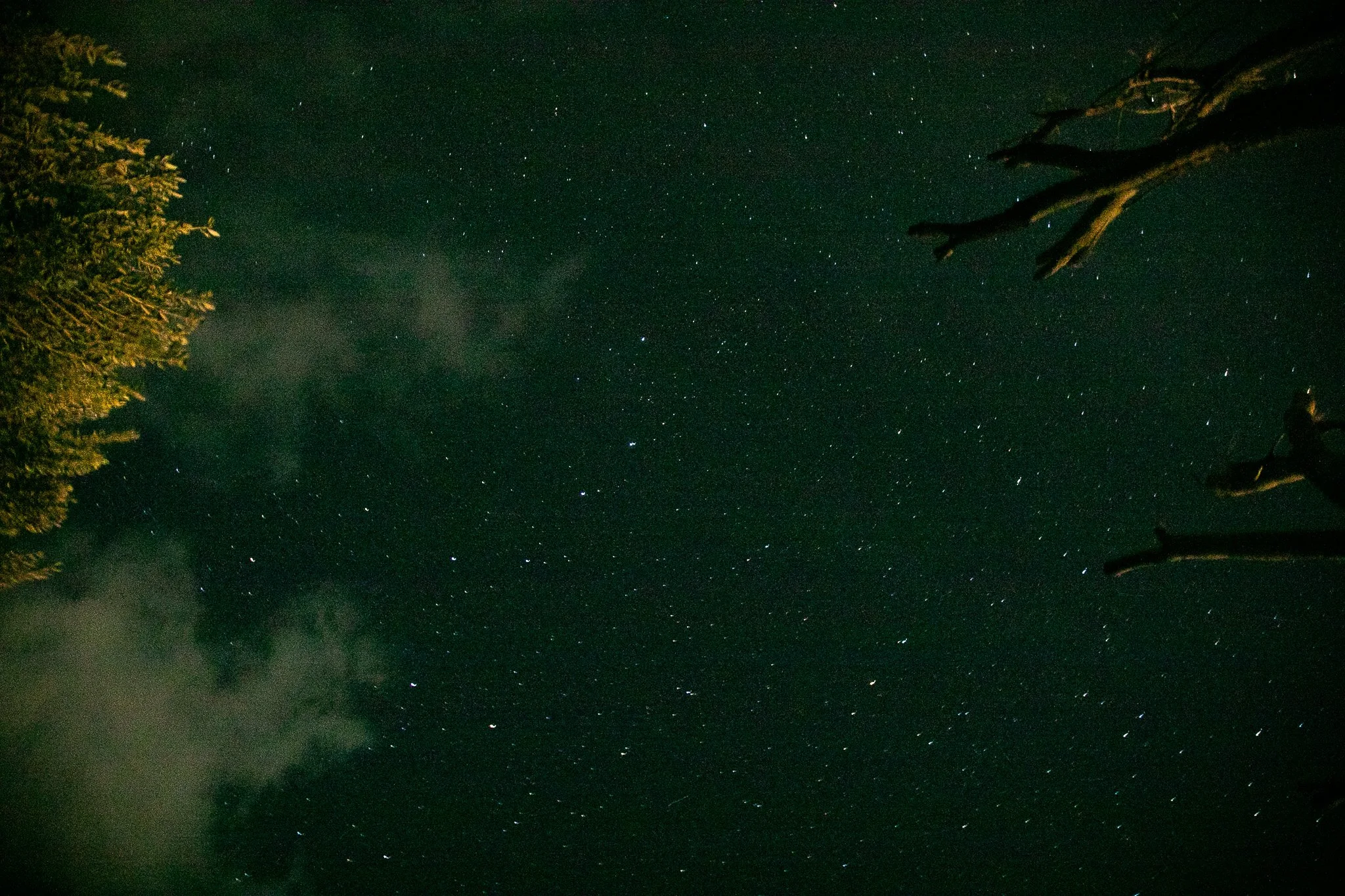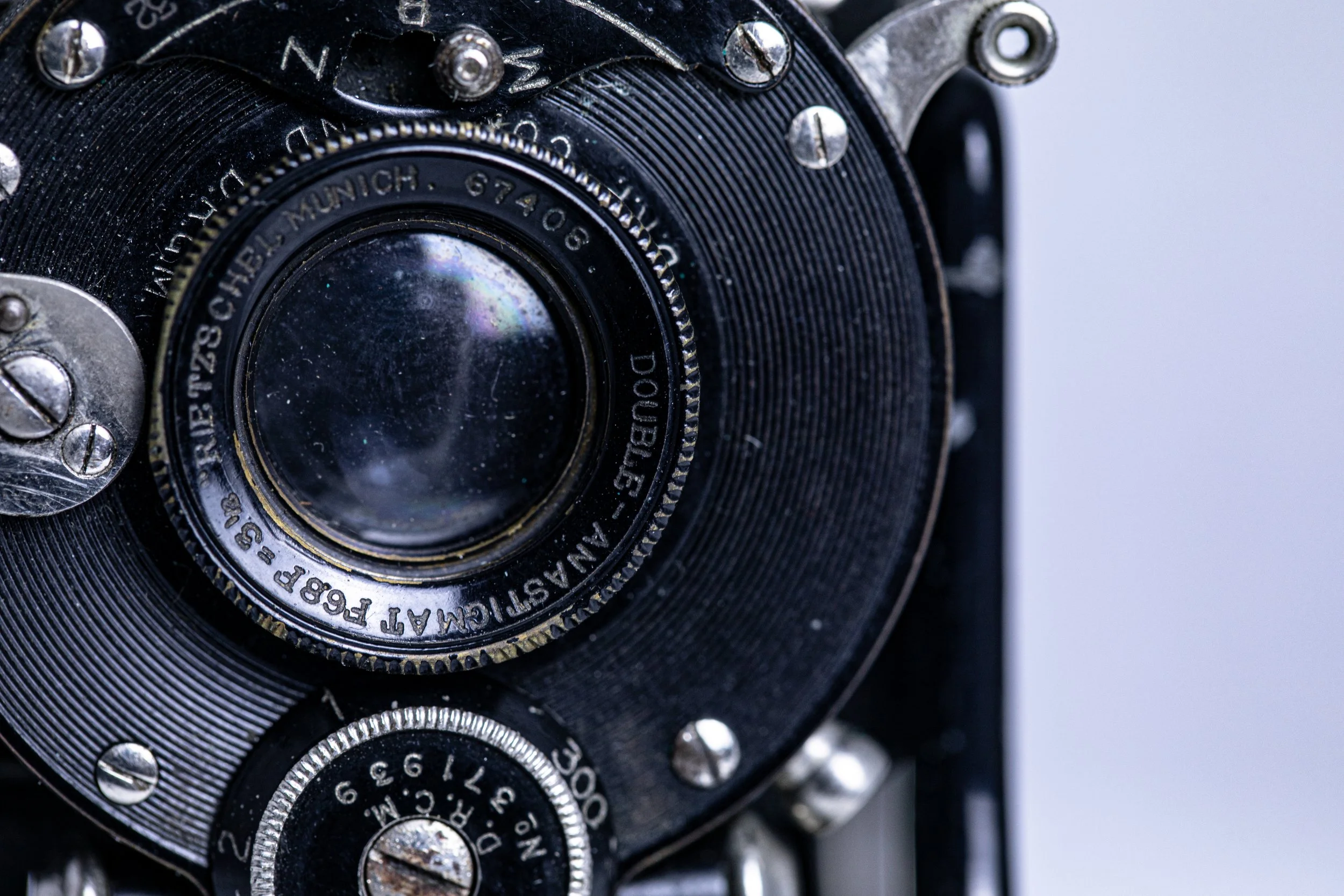Why not try something new? Are you a creative individual that wants to do more? Are you trying to find time to do your passion and create. So do I - I am a photographer finding my way in the world hoping to inspire others to find their way in this crazy world.
Read MoreFinding Your Passion in Photography: Shoot What Excites You
Photography is more than just capturing images—it’s about discovering how you see the world. Whether it’s the intricate details of a flower, the vast beauty of a landscape, the soulful gaze of a pet, or the raw emotion in a portrait, every photograph tells a story.
But what truly excites you behind the camera? What subjects or styles make you want to keep learning and improving? For me, it’s a mix of macro, pet, landscape, and portrait photography, and I’m currently challenging myself with astrophotography to expand my skills.
Let’s explore how embracing your favorite photography styles can help you grow creatively while also pushing yourself to try something new.
1. Embracing What You Love
The best way to improve in photography is to start with what excites you. When you’re passionate about a subject, you naturally put in the effort to get better. Here’s a look at the styles I love and how I’m working to refine them.
Macro Photography: The Beauty in the Smallest Details
Macro photography reveals a world most people never notice—tiny textures, patterns, and intricate details that become mesmerizing up close. Whether it’s the delicate veins of a leaf, the shimmer of an insect’s wing, or water droplets frozen in time, macro photography turns the ordinary into something extraordinary.
How to Improve:
• Experiment with lighting—try backlighting to highlight textures.
• Use a tripod and focus stacking to ensure crisp, sharp details.
• Play with depth of field to isolate subjects and create dreamy backgrounds.
Pet Photography: Capturing Personality and Emotion
Pets are full of personality, and capturing their quirks, energy, and soulful expressions is what makes pet photography so rewarding. Whether it’s the excitement in a dog’s eyes mid-run or the calm curiosity of a cat lounging in the sun, every shot tells a story.
How to Improve:
• Use a fast shutter speed to freeze movement, especially for active pets.
• Get down to their eye level for a more engaging and personal perspective.
• Work with natural light to highlight fur texture and avoid harsh shadows.
Landscape Photography: The Art of Seeing
Landscapes have a way of making us feel small yet deeply connected to the world. Whether I’m capturing a sunrise over the mountains, waves crashing against the shore, or a fog-covered valley, landscape photography allows me to share the beauty of nature with others.
Canon 5D Mark IV ISO 200 55mm lens f10 1/80s
How to Improve:
• Shoot during golden hour for soft, dynamic lighting.
• Use leading lines (roads, rivers, fences) to draw the viewer into the scene.
• Experiment with long exposure to create dreamy effects in water and sky.
Portrait Photography: Capturing Human Expression
Portrait photography is something I’m actively working to improve. Unlike landscapes or pets, where you work with what’s in front of you, portraits require interaction, direction, and an understanding of how to make your subject feel at ease.
How to Improve:
• Learn how to direct and pose people to create flattering, natural-looking shots.
• Experiment with different lighting techniques like soft window light or off-camera flash.
• Use backgrounds creatively to add depth and emotion to portraits.
2. Expanding My Skills: Astrophotography & Beyond
While I feel comfortable with macro, pet, landscape, and portrait photography, I’m always looking to challenge myself, which is why I’m diving into astrophotography—capturing the beauty of the night sky. It’s a completely different world, requiring technical precision, patience, and an understanding of how to work with minimal light.
Astrophotography: Unlocking the Night Sky
There’s something surreal about photographing the stars, the Milky Way, and even distant galaxies. Unlike daytime photography, you don’t control the light—you have to work with what nature provides.
First Attempt of Astro photography after researching the appropriate settings, depends on what you have and use this was my best out of that attempt at 5am - Canon 5D Mark IV ISO 6400, f4 2.5s Standard Lens
How to Improve:
• Find dark-sky locations away from city lights for the best results.
• Use a tripod and manual settings—long exposure is key to capturing starlight.
• Experiment with settings: Start with ISO 1600-3200, a wide aperture (f/2.8 or lower), and 10-30 second shutter speed to let in as much light as possible.
Blending Portraits & Astrophotography: A Creative Challenge
One of the most exciting ways to combine portraits and astrophotography is by capturing people under a starlit sky. Imagine a silhouette against the Milky Way or a softly lit subject with a galaxy-filled sky as the backdrop—it’s cinematic and surreal.
How to Do It:
• Use a low-power light source (like a flashlight or LED panel) to subtly illuminate your subject without washing out the stars.
• Have your subject stay still—since you’re using long exposure, any movement will blur the image.
• Experiment with light painting—using a flashlight to gently highlight your subject while keeping the night sky intact.
This style of photography pushes both portrait and astrophotography skills to the next level, creating truly breathtaking images.
3. Finding Your Unique Style
Exploring different photography styles not only helps you grow technically but also helps you find what truly excites you.
Here’s what I’ve learned along the way:
✅ Shoot often—the best way to improve is through practice.
✅ Pay attention to what excites you—what subjects make you want to pick up your camera?
✅ Experiment fearlessly—try new techniques, break the “rules,” and push yourself creatively.
✅ Don’t be afraid to fail—mistakes are part of the process and often lead to creative breakthroughs.
Photography is all about passion, curiosity, and constant learning. Whether I’m capturing the energy of a pet, the emotion in a portrait, the beauty of a landscape, or the vastness of the cosmos, each shot brings me closer to refining my style.
And if I ever feel stuck? I just pick up my camera and start shooting—whether it’s a walk outside, an experiment with lighting at home, or simply playing with the settings on my phone. Inspiration often comes from action, not waiting for the perfect moment.
What’s Next for You?
What excites you most about photography? Are you looking to refine your current skills or explore something new? Drop a comment below—I’d love to hear about your photography journey!
Dusting Off the Old DSLR: A Journey Back to My Film Days
I recently dug out my trusty old DSLR camera from my university days, when I was studying film. It’s been a while since I last picked it up, but I’m excited to get back into the swing of things and build my photography portfolio.
As I start to relearn the techniques I first picked up at 15, I’m reminded of just how much there is to know. It’s easy to get overwhelmed, but I’m taking it one step at a time. I’m focusing on mastering the basics - F-stop, ISO, Shutter speed - and experimenting with different settings to see what works best
The thing is, I’m still learning. Every day is a school day, and I’m loving the process of discovery. If you’re like me you just want to get started and take photos. But I think it’s worth taking some time to get to know your camera again, learn it’s limitations and it’s quirks… like you would your date before you jump in both with both feet.
So this year I’m committing to taking as many photos as possible, experiment with the settings and techniques to improve my craft. It’s not about taking perfect photos straight away or even all of the time. For every good photo there are hundreds of them that don’t see the light of day. So why don’t we have fun whilst we learn on this journey together, who knows what we may discover.
Just for some context these cameras don’t work, but I thought they might inspire you to dig out your camera and try something new. I plan on doing a monthly blog of my journey this year. I’d like to get to a point where I can post some tips and hints to help you with your future in photography.











